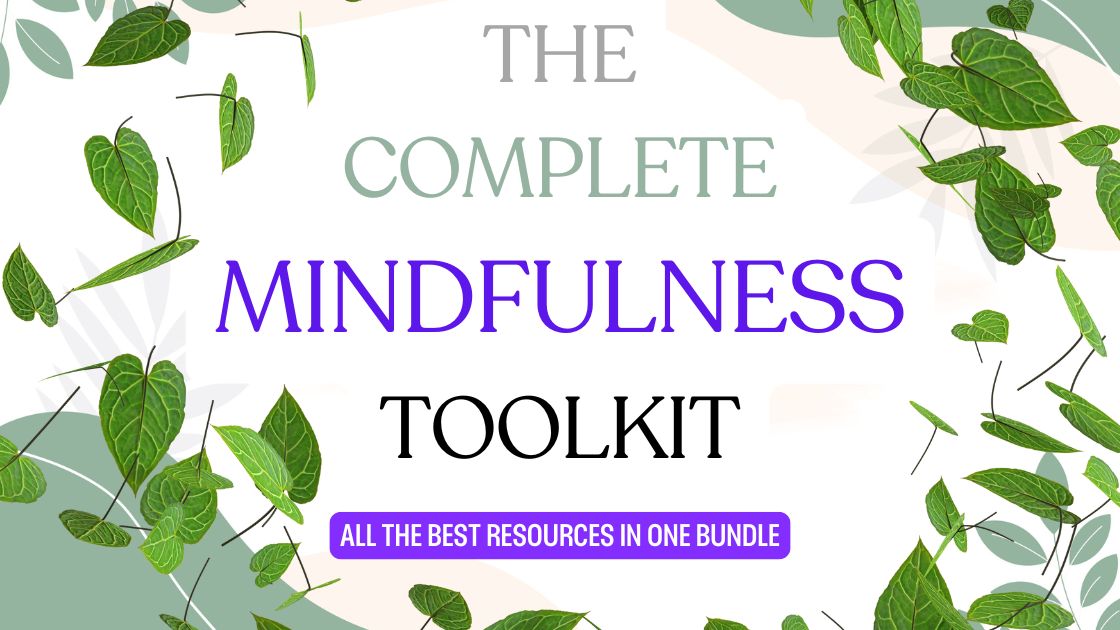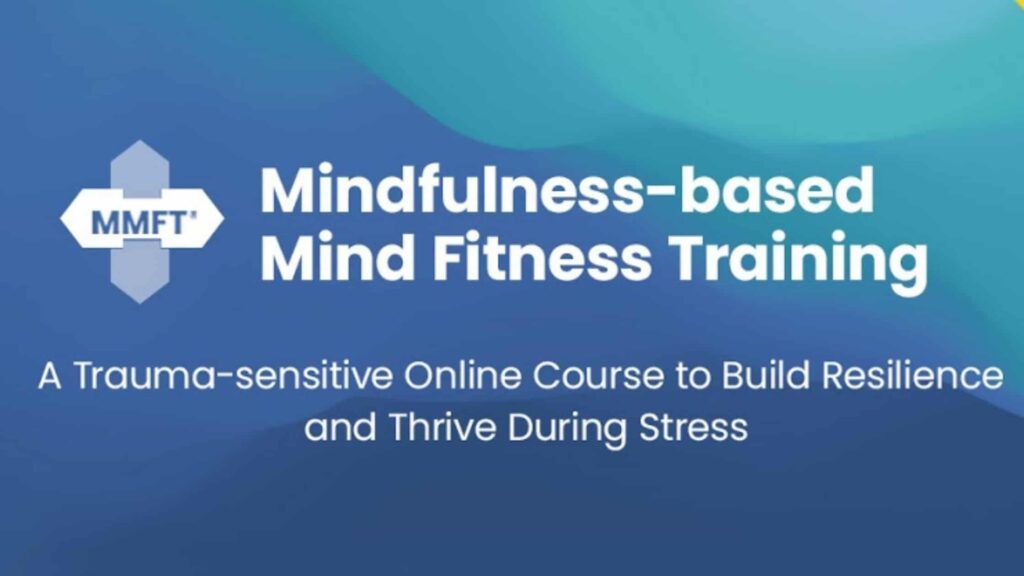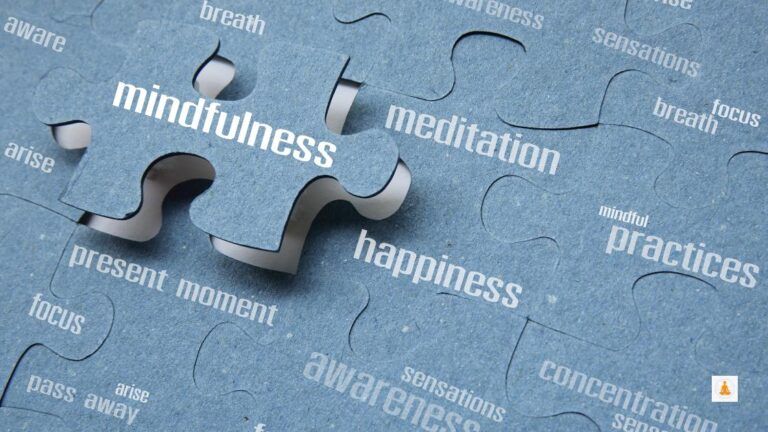Have you ever wondered what mindfulness is not? In a world where mindfulness is everywhere – from social media posts to corporate wellness programs – it’s easy to think as simple as finding calm or clearing your mind of all thoughts. Yet, this popular understanding doesn’t capture the full reality of mindfulness. While it has countless benefits, many misconceptions can lead people to misunderstand or even abandon the practice altogether.
In this post, we’ll dive into what mindfulness is not. You’ll discover the common myths surrounding mindfulness, such as the idea that it’s about avoiding difficult emotions, that it’s solely a meditation practice, or that it’s a “quick fix” for happiness. By the end, you’ll have a clear picture of how mindfulness actually works and why embracing the true practice can be so transformative.
Mindfulness Is Not About Emptying the Mind
- Misconception: Many believe that mindfulness involves “clearing” the mind of all thoughts.
- Reality: Mindfulness teaches you to acknowledge thoughts without attachment or judgment. Imagine thoughts as clouds passing through the sky: they drift in and out naturally.
- Benefit: This approach removes the pressure to stop thoughts, reducing frustration and allowing people to feel more at ease with their mind’s natural flow.
Observing Without Judgment
- Mindfulness Practice: Rather than labeling thoughts as “good” or “bad,” mindfulness encourages noticing them with curiosity and acceptance.
- Purpose: This practice helps uncover patterns in thoughts or emotions that might otherwise stay hidden, bringing greater self-awareness.
- Long-Term Effect: Over time, this gentle observation reduces the emotional power thoughts have over us, promoting a calmer mind and more balanced reactions.
Awareness vs. Suppression
- Key Difference: Mindfulness focuses on awareness rather than forcing the mind to be silent.
- Common Misstep: Suppressing thoughts leads to increased mental strain, as our minds naturally resist this forced “blankness.”
- Mindfulness Approach: Instead of control, mindfulness encourages peaceful coexistence with thoughts, teaching us to stay present and calm even when thoughts arise.
Practicing Acceptance of the Mind’s Natural Flow
- Natural Tendency: Our minds are always processing, thinking, and analyzing.
- Mindfulness Goal: Accepting this natural flow rather than resisting or suppressing it helps ease the mind.
- Outcome: This acceptance creates a sense of calm as we stop struggling with our thoughts. Over time, we may notice a quieter mind as a result, though this isn’t the main goal.
Mindfulness Is Not a Religious Practice
- Misconception: Many assume mindfulness is tied to Buddhism or requires a specific faith due to its historical association with spiritual traditions.
- Reality: While mindfulness does have roots in Buddhism, it’s a universal practice focused on cultivating present-moment awareness, which is accessible to anyone, regardless of religious beliefs.
- Core Principle: At its heart, mindfulness is about becoming more aware of the present, an approach that transcends any particular belief or spiritual framework.
From Ancient Roots to Modern Practice
- Historical Context: Mindfulness originated within ancient spiritual traditions, including Buddhism, where it remains an essential practice.
- Modern Evolution: Pioneers like Dr. Jon Kabat-Zinn brought mindfulness into mainstream mental health by developing Mindfulness-Based Stress Reduction (MBSR) in the 1970s. This secular approach made mindfulness accessible to people of all backgrounds, focusing on mental and physical well-being rather than spiritual teachings.
- Significance: MBSR and similar programs opened the door for mindfulness to be a versatile, science-backed tool used widely across diverse settings without religious overtones.
Mindfulness in Schools, Workplaces, and Therapy
- In Schools: Mindfulness helps students manage stress, improve focus, and develop emotional resilience. Activities like mindful breathing and reflection exercises are often used to enhance calm and concentration, fostering a healthier learning environment.
- In Workplaces: Mindfulness techniques are employed to reduce burnout, increase productivity, and enhance communication. Major companies, including leading tech firms, have incorporated mindfulness into employee wellness programs, recognizing its impact on well-being and efficiency.
- In Therapy: Mindfulness is widely used as a therapeutic tool to help individuals manage anxiety, depression, and stress. Programs like MBSR and Mindfulness-Based Cognitive Therapy (MBCT) are proven to improve mental health, supporting individuals regardless of religious or cultural backgrounds.
- Key Takeaway: These applications highlight that mindfulness is a set of skills aimed at mental clarity, resilience, and emotional health, independent of any particular belief system.
Hey there! If you’re finding this post helpful!
We’ve got some fantastic tools that could be just what you need. Give them a look and see how they can benefit you!




Mindfulness Is Not a Quick-Fix for Happiness
- Common Misunderstanding: In our fast-paced world, many individuals seek instant solutions to stress and unhappiness, often viewing mindfulness as a quick remedy that can swiftly elevate their mood or solve their problems.
- Reality: Mindfulness is not a magical solution but a journey that demands commitment, patience, and consistent practice. It focuses on cultivating awareness and presence rather than offering immediate gratification.
A Journey of Growth and Resilience
- Navigating Challenges: Mindfulness teaches individuals to approach life’s challenges with greater awareness and understanding, leading to personal growth.
- Developing Resilience: Through regular practice, one can cultivate resilience—the ability to bounce back from difficulties and face adversity with clarity.
- Emotional Acknowledgment: Instead of striving to eliminate negative emotions, mindfulness encourages us to acknowledge and accept them, fostering a compassionate relationship with ourselves.
- Practical Example: When experiencing stress or sadness, mindfulness practitioners learn to observe these emotions without judgment. By recognizing that such feelings are part of the human experience, they can accept their presence rather than resist it.
- Outcome: This acceptance reduces the intensity of negative emotions and allows for a more thoughtful and effective response, leading to healthier coping strategies and improved emotional well-being over time.
Mindfulness Is Not Escapism or Avoidance
- Common Misconception: Many believe that mindfulness serves as a means to escape from reality or avoid facing life’s challenges.
- Reality: Mindfulness is fundamentally about embracing the present moment, including the difficult emotions and challenges that come with it. Rather than avoiding discomfort, it encourages individuals to engage fully with their experiences, fostering deeper self-awareness and understanding.
- Practical Example: When faced with stress from a looming deadline, a mindful approach encourages acknowledgment of that stress instead of diverting attention through distractions, like scrolling social media. Recognizing the stress allows for constructive action, such as breaking the task into manageable steps or engaging in self-care practices.
Facing Uncomfortable Emotions
- Sitting with Discomfort: Mindfulness involves confronting uncomfortable thoughts, feelings, and sensations – an endeavor many prefer to avoid. While this can be challenging, it is crucial for emotional growth.
- Validating Feelings: Instead of dismissing anxiety or sadness, mindfulness teaches recognition of these feelings as legitimate parts of the human experience.
- Practical Technique: For instance, when experiencing anxiety, a mindful practice might involve deep breathing, observing bodily sensations, and identifying where anxiety is felt. This process can uncover insights about anxiety triggers, allowing for better understanding and management over time.
- Outcome: This approach fosters greater emotional resilience and a balanced perspective on life’s challenges.
If you’re ready to deepen your mindfulness practice, check this amazing tool that can help you get there!

Discover the Mindful Living Bundle – your essential toolkit for daily peace and presence.
With the Mindful Living Journal, you’ll build a meaningful five-minute daily practice that cultivates gratitude, centers your mind, and nurtures inner calm.
And with the Mindful Affirmations deck, infuse your day with powerful reminders of inner peace and growth. Embrace mindfulness every day with the Mindful Living Bundle today!
Mindfulness Is Not Just Meditation
- Common Misunderstanding: Many individuals mistakenly equate mindfulness solely with meditation, believing it is confined to quiet rooms or formal practice sessions.
- Reality: While meditation is a popular and effective way to cultivate mindfulness, it is just one of many methods. Mindfulness can – and should – be integrated into daily life, making it accessible to everyone, regardless of their meditation experience.
Beyond the Meditation Cushion
- Everyday Mindfulness: While meditation is often seen as the primary form of mindfulness practice, mindfulness can also manifest in everyday activities.
- Key Principle: The core of mindfulness is bringing full attention to whatever you are doing at the moment, cultivating awareness and presence.
- Practical Example – Mindful Eating: This involves paying full attention to the experience of eating – notice the colors, textures, and flavors of the food, as well as your body’s hunger and fullness cues. By slowing down and savoring each bite, you deepen your connection to the food, which can lead to healthier eating habits as you become more aware of your body’s needs.
Informal Mindfulness Practices
Integration into Daily Routine: Informal mindfulness practices are simple yet powerful ways to weave mindfulness into your everyday life. Here are a few examples:
- Mindful Walking: Instead of hurrying from one place to another, take a moment to walk mindfully. Focus on the sensation of your feet touching the ground, the rhythm of your breath, and the sights and sounds around you. This transforms a mundane task into a refreshing experience.
- Mindful Listening: During conversations, practice mindful listening by giving your full attention to the speaker. Observe their tone of voice, body language, and emotions. Being fully present not only enhances your understanding but also shows the speaker that you value their thoughts.
- Mindful Cleaning: Turn routine chores, like washing dishes or tidying up, into mindfulness opportunities. Focus on the sensations – the warmth of the water, the texture of the cloth, and the movement of your hands. This practice can help reduce stress and make chores feel less burdensome.
Mindfulness Is Not a Cure-All
- Common Misconception: While mindfulness is often celebrated for benefits like reducing stress, enhancing focus, and promoting emotional well-being, it is crucial to understand that it is not a universal solution or a substitute for professional treatment.
- Potential Impact: This misconception can lead to disappointment and frustration for those seeking relief from serious mental health conditions.
Understanding the Limits of Mindfulness
- Effective for Everyday Stress: Mindfulness can be incredibly helpful for managing everyday stress and improving overall mental health.
- Not a Universal Remedy: However, it should not be seen as a remedy for all mental health issues. Conditions like severe anxiety, depression, PTSD, or other significant challenges often require comprehensive treatment approaches.
- Comprehensive Treatment: Effective treatment for serious conditions may include therapy, medication, or other interventions. While mindfulness can be a valuable part of this treatment plan, it is not a standalone solution.
Final Thoughts
In conclusion, understanding what mindfulness is not is just as important as recognizing its many benefits. By clearing up common misconceptions – like thinking mindfulness is only about meditation, tied to religion, a way to escape, or a quick fix for all problems – we empower ourselves to engage with mindfulness in a genuine and effective way.
Mindfulness encourages us to accept our thoughts and feelings, be present in our daily activities, and see it as a valuable tool for our mental health. As you explore mindfulness, remember that it’s a journey of awareness and acceptance, not a destination. By bringing mindfulness into your life, you can create a richer, more meaningful experience that enhances your overall well-being and resilience.
Ready to take your mindfulness journey to the next level?
Discover programs that can enhance your practice and boost your overall well-being.





